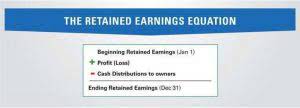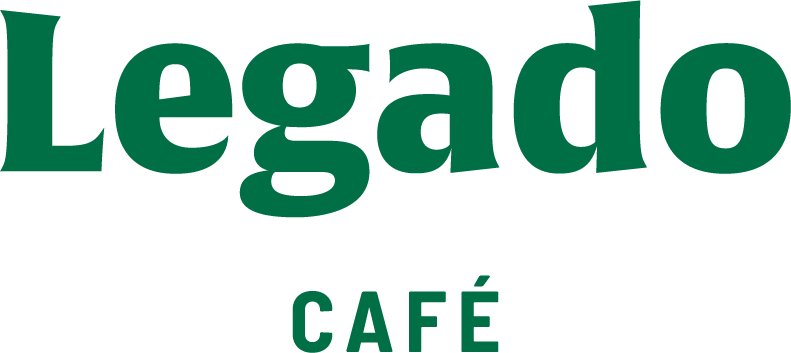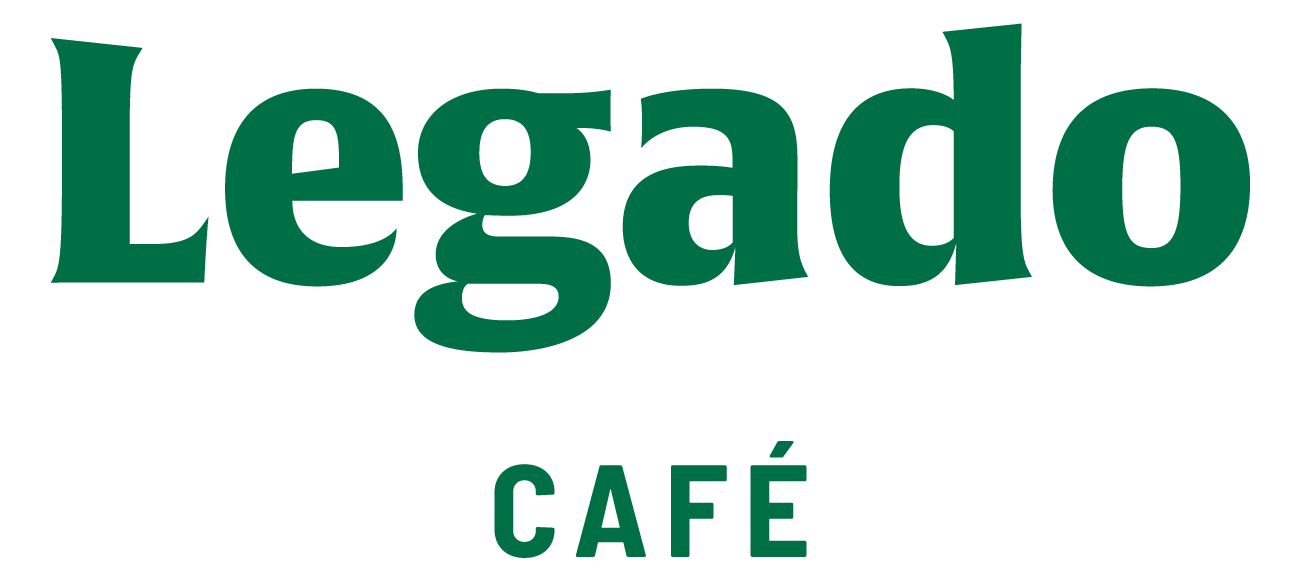
If you operate a vineyard in addition to winery, include those labor expenses in your total labor cost. The costs of grapes, bulk wine, glass, and other dry goods must be assigned to separate wines and tracked by SKU. Cash flow from operations is another critical metric, reflecting the actual cash generated by the winery’s core business activities. This metric is essential for understanding the liquidity of the business and its ability to sustain operations without relying on external financing.
- Look for features like real-time data collection, inventory management, and compliance tools to enhance efficiency and decision-making.
- The variance between standard and actual costs provides insights into how you are valuing both individual materials and the overall costs of producing your product.
- But that ignores a potentially significant piece of the equation and ultimately provides an incomplete picture of your expenses and profitability.
- IC-DISCs do not have employees or offices and are not taxed at the federal level; instead, they charge a sales commission from the exporting winery.
- As with any business using such services, careful vetting of support personnel and companies is needed.
- The specific approach to determining the amount by which to write-down inventory in such circumstances depends in part on the specific U.S.
How can understanding the cost of goods sold (COGS) benefit a winery?
If you’re considering hiring a bookkeeper to prepare your financial statements, be sure to know what to consider when selecting one. For more information on how to set up a COGS online bookkeeping system for your winery, contact your Moss Adams professional. If you want to spend your time doing what you do best, let the experts at Protea give you the luxury of not having to think about your books. We will put that information into useful reports that actually improve your ability to run your business.
Opportunities for CPAs within the Wine Industry
This involves setting benchmark costs for various activities and comparing actual costs against these standards. Variances between the two can highlight areas where the vineyard is overspending or where efficiencies can be improved. For instance, if the actual cost of harvesting grapes significantly exceeds the standard cost, it may indicate issues with labor productivity or equipment efficiency that need to be addressed. Under this method, the cost of each inventory item is tracked from the time of purchase or production through the time the wine is bottled. It relies on accurate data input and recordkeeping to trace costs through the manufacturing process. Prices change based on seasonality and the yield of a season compared to the year prior.

Appropriately Allocate Your Overhead Costs
Management should also consider who will be using the financial statements. Besides the management team, users of the financial statements might also include a board of directors or board of advisors, investors, lenders, vendors, and potential investors or acquirers. IC-DISCs do not have employees or offices and are not taxed at the federal level; instead, they charge a sales commission from the exporting winery. This revenue is then distributed to the shareholders, who tend to be the same individuals or entities that own the exporter, as qualified dividends. Currently, qualified dividends are taxed at a lower rate than ordinary income, so the resulting tax bill can be significantly lower than if the export income was taxed at ordinary income rates (Ricioli).
Understanding Vineyard Management Software

By matching recent, higher costs against current revenues, LIFO can reduce taxable income, offering a tax deferral advantage. However, it’s worth noting that LIFO is not permitted under International Financial Reporting Standards (IFRS), limiting its applicability for wineries operating globally. One effective tool for managing these costs Law Firm Accounts Receivable Management is activity-based costing (ABC). This method allocates overhead costs based on the actual activities that drive those costs, rather than simply spreading them evenly across all products. For example, the cost of maintaining irrigation systems can be allocated based on the number of hours they are used for different grape varieties.
- Consequently, it is best to use the simplest method available that provides an appropriate level of precision.
- However, for a growing winery, accrual accounting delivers a more accurate financial picture.
- Create costing protocols with input from winemakers, production staff, and other department heads to help ensure the costs accurately reflect the level of inputs and effort required to make different wines.
- In our previous article we provided an overview of how to calculate it and why it matters.
- This Matching Principle dictates that expenses should be recorded in the same period as the revenues they help generate.
- If you’re considering hiring a bookkeeper to prepare your financial statements, be sure to know what to consider when selecting one.

Numerous steps are involved in the process, from cultivating vineyards to fermentation, aging, and packaging. Adhering to these legalities greatly strains wineries since non-compliance can result in major penalties and legal consequences. Familiarize yourself with the top mistakes wineries make when managing their finances or watch the on-demand video of the discussion. They’re often tied to your distributor or retailer achieving specific sales goals. While tempting, avoid recording billbacks as income the moment you receive them. Additionally, a POS system reduces the risk of theft from within the retail operation.
Inventory Accounting Processes
This article is part one of a three-part series on the cost of goods sold—a key metric that can help wineries understand their profit margins. In this article we provide an overview of how to calculate the cost of goods sold (COGS) and why it matters. In the second article wine accounting we dive into steps for setting up a system and best practices to derive this metric, and in the final article we discuss specific COGS insights for wineries by case volume.
Winery accountingSimplified

Running a vineyard or winery involves more than just cultivating grapes and producing wine; it requires meticulous financial planning and strategic accounting. The unique nature of the industry, characterized by long production cycles and seasonal variations, presents distinct challenges that necessitate specialized accounting strategies. Wine sales may be direct-to-consumer through tasting rooms or wine clubs, or to a third-party distributor. In any case, the winery needs to track when, what kind of, and to whom wine was sold, and to pay excise taxes to the appropriate taxing authority. States have different rules related to wine distribution and sales; most states require some variation of a three-tier distribution system made up of a winery, distributor, and retailer.


